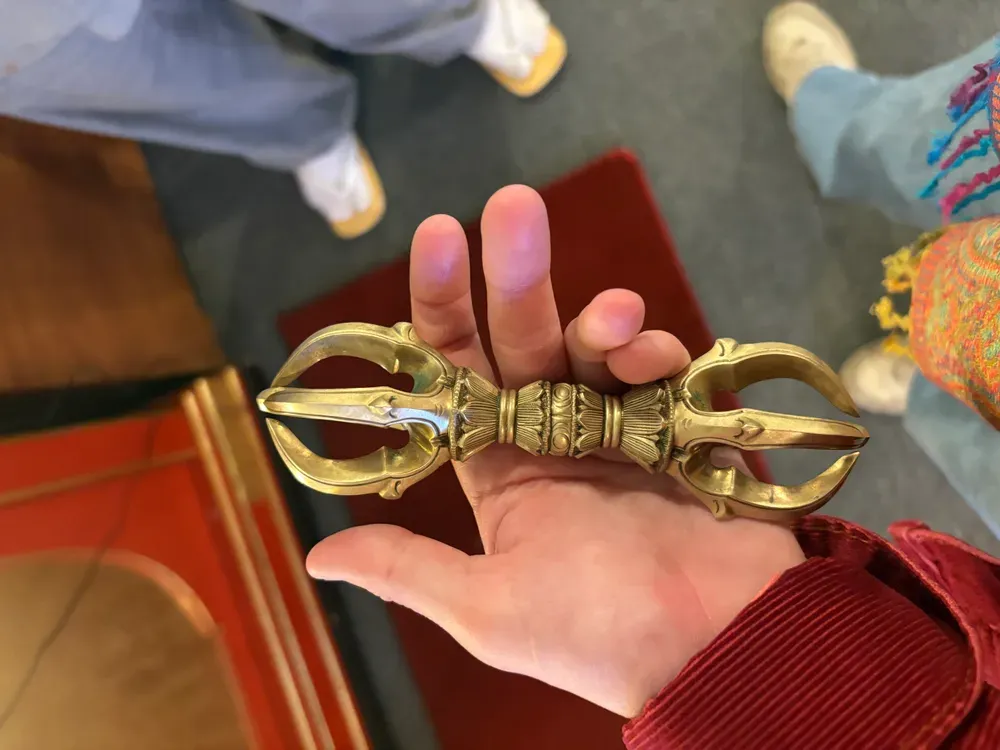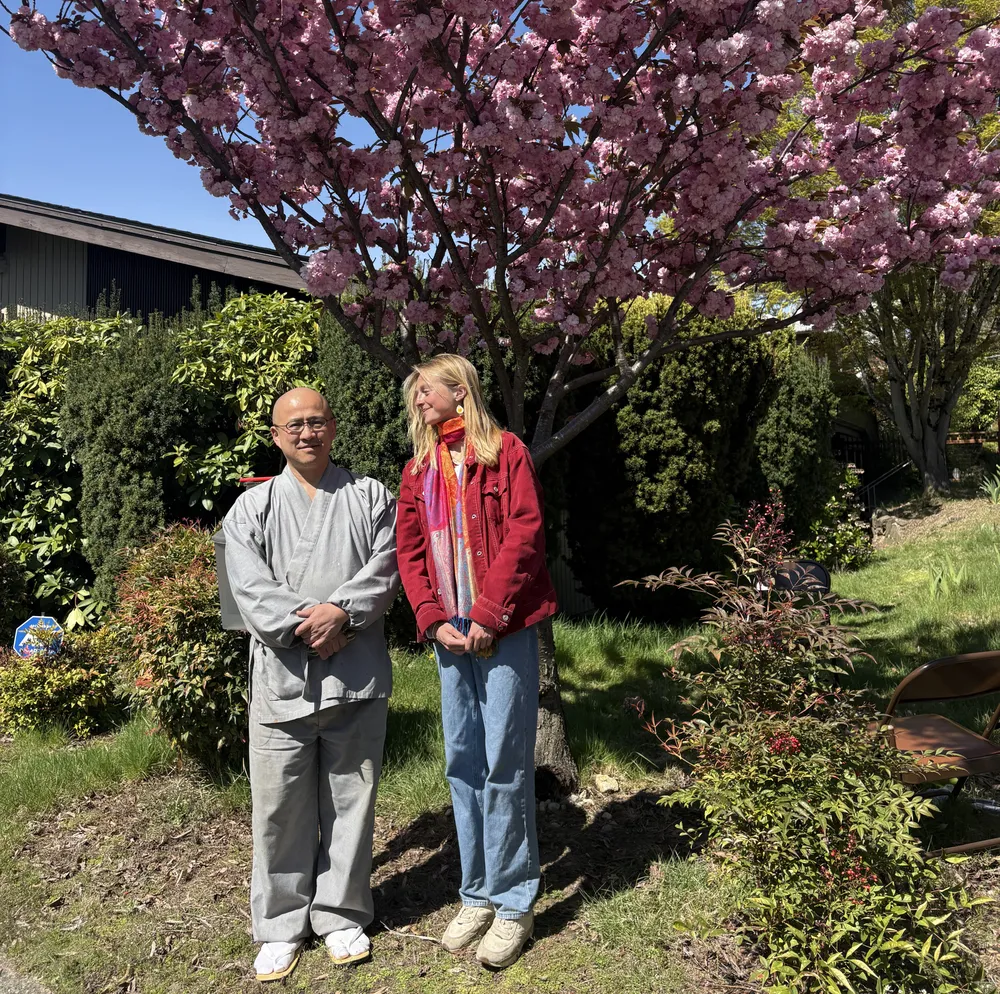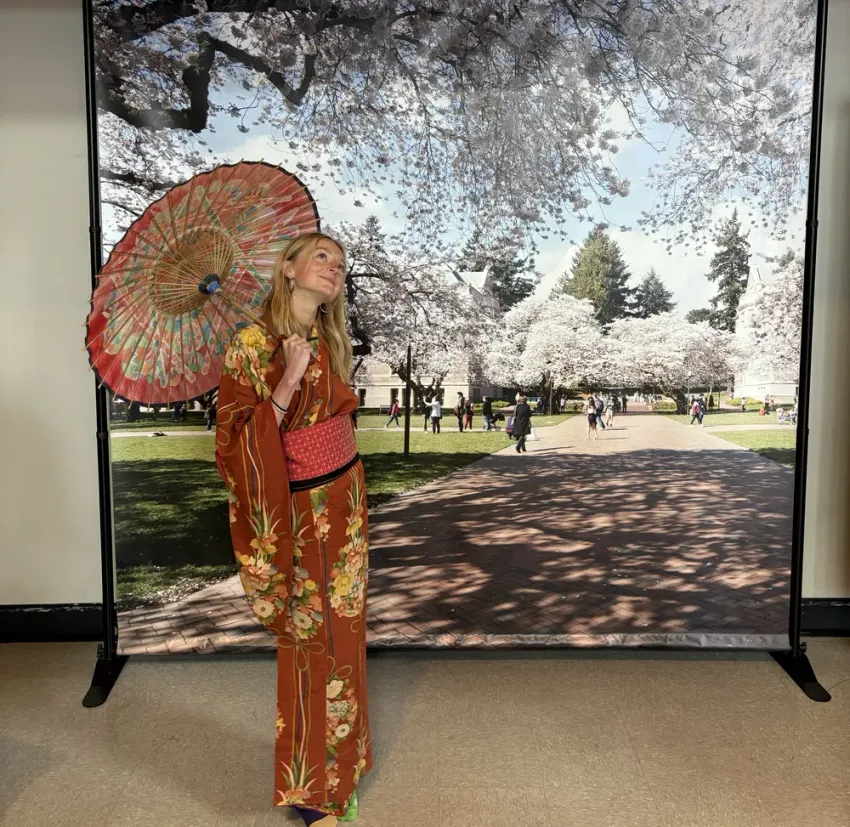Spring marks a new era for Japanese culture. It’s a time to practice mindfulness, to slow down, and appreciate the natural beauty of spring. Sakura, or cherry blossoms, play a vital role in Japanese springtime culture, and while these trees only bloom for a short while, they are an essential representation of that country’s idea of the beauty of life: short yet sweet.
The Seattle Cherry Blossom & Japanese Cultural Festival took place outside of Seattle Center April 11-13. The vibrant celebration of Japanese culture featured a diverse lineup of traditional and contemporary performances, like martial arts demonstrations, tea ceremonies, calligraphy, and taiko drumming, plus the opportunity to wear traditional dancing attire.
Buddhism was established in Japan back in the sixth century CE, and it has a philosophy known as mono no aware, the acknowledgement of an ever-fluctuating world and the powerful emotions that that instills upon people. Gatherings in which this impermanence is revered and celebrated are called hanami, during which Japanese people come together to share food beneath flowering cherry trees.
Mochi: A hanami favorite
Mochi making, or mochitsuki, is conducted by pounding steamed glutinous rice into a smooth, sticky dough to create the chewy rice cakes that are tied to cultural rituals and celebrations.
Modern Japanese Cuisine & Setsuko Pastry, vendors at the event, offered sakuramochi, a decadent mochi made from sweet, pink-colored rice that is then filled with red bean paste and wrapped in a pickled cherry blossom leaf.
Many Buddhist temples practice mochitsuki, including the Seattle Koyasan Buddhist Temple. While not present at the cultural festival, head priest Imanaka Taijo spoke with the SGN about the power of the mochi dish. Taijo said that when learning about Buddhism, Americans focus only on the secular side — like rituals, statues, and chants — bypassing the religion’s ethnic side.
“The ethnic side of Buddhism isn’t about clinging to these things. It’s about learning to let go of them: to release the need for physical things. That’s the actual practice,” Taijo said. “The goal of Buddhism is to find that sameness. You and I — so many differences. But if I carefully [keep the] mind free, appreciate, observe who you are… oh, I see myself in you. And then you see yourself in me. To find that something same — that’s oneness.”
Taijo said that what separates people isn’t race or gender but rather desire, like seeing a bright, ruby red Tesla and wanting it.
“It’s like: ‘I don't want to drive my old Honda Civic 2004 anymore. I want [the Tesla],’ because, you know, something physical catches my eye. And then, those desires. ‘I want it. I want to buy it.’ That desire forms attachments. If I cannot get it, I cannot be happy.”
Taijo said he doesn’t feel those desires for lavish products, but that food is different, as it’s more than just a desire. Food is a need, and a sign that we are alive.
“Why we have desires is because we are alive,” Taijo said. “What's wrong with the fact I am alive? Nothing is wrong. So, this is the starting point. You have to eat. I have to eat.”
In sum, mochi represents connectedness: It reminds us that at the end of the day, we’re all human, and we all appreciate the beauty of things. And one thing is for sure: we like those beautiful things in our belly.



Support the Seattle Gay News: Celebrate 50 Years with Us!
As the third-oldest LGBTQIA+ newspaper in the United States, the Seattle Gay News (SGN) has been a vital independent source of news and entertainment for Seattle and the Pacific Northwest since 1974.
As we celebrate our 51st year, we need your support to continue our mission.
A monthly contribution will ensure that SGN remains a beacon of truth and a virtual gathering place for community dialogue.
Help us keep printing and providing a platform for LGBTQIA+ voices.
How you can donate!
Using this Link
Text "SGN" to 53-555
Or Scan the QR code below!



